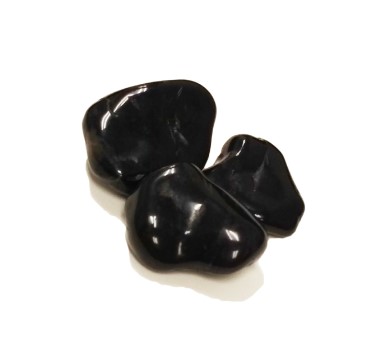Onyx, with its captivating beauty and unique properties, has long been prized for its ornamental and decorative purposes. From ancient civilizations to modern-day designers, the allure of onyx continues to captivate enthusiasts and collectors alike. This comprehensive exploration delves into the market value of onyx stone, shedding light on its significance, factors influencing pricing, and trends shaping the industry.

Understanding the Significance of Onyx Stone
Onyx is a variety of chalcedony quartz known for its striking bands of color and translucency. It has been revered for centuries for its aesthetic appeal and symbolic significance.
Historical Significance
Throughout history, onyx has been prized by cultures around the world for its beauty and perceived mystical properties. Ancient Egyptians, Greeks, and Romans used onyx for amulets, jewelry, and ornamental objects, believing it to possess protective powers and promote strength and resilience.
Aesthetic Appeal
Onyx’s distinctive bands of color, ranging from white to black with shades of gray, brown, and red, make it a highly sought-after material for decorative purposes. Its natural translucency allows light to pass through, creating a mesmerizing play of colors and patterns.
Factors Influencing Onyx Stone Market Value
Several factors influence the market value of onyx stone, ranging from its rarity and quality to market demand and supply dynamics.
Rarity and Origin
The rarity of onyx, particularly certain varieties with unique colors and patterns, can significantly impact its market value. Onyx sourced from specific regions or quarries renowned for producing high-quality specimens may command premium prices.
Quality and Characteristics
The quality of onyx, including factors such as color intensity, clarity, and uniformity of bands, plays a crucial role in determining its market value. Stones with vibrant, well-defined bands and minimal impurities are typically more desirable and command higher prices.
Market Demand and Trends
Market demand for onyx stone fluctuates based on various factors, including prevailing design trends, consumer preferences, and economic conditions. Rising demand for onyx in luxury interior design, architecture, and jewelry sectors can drive prices higher, while shifts in consumer tastes or economic downturns may lead to fluctuations in market value.
Applications and End-Use Markets
Onyx stone finds a wide range of applications across diverse industries, including interior design, architecture, jewelry, and sculpture.
Interior Design and Architecture
They prize onyx for its luxurious appearance and versatility in interior design and architecture. They use it to create stunning countertops, backsplashes, wall cladding, and decorative accents, adding a touch of elegance and sophistication to residential and commercial spaces.
Jewelry and Ornamental Objects
Onyx’s beauty and durability make it a popular choice for jewelry and ornamental objects. They often fashion it into cabochons, beads, pendants, and cameos. They prize it for its luster and distinctive coloration.
Sculpture and Art
Onyx’s malleability and aesthetic appeal make it a favored medium for sculptors and artists. Its unique color variations and translucency lend themselves to sculptural works, carvings, and objets d’art, showcasing the stone’s natural beauty and artistic potential.
Emerging Trends and Future Outlook
As consumer preferences and design trends evolve, new opportunities and challenges emerge within the onyx stone market.
Sustainable Sourcing and Ethical Practices
With growing awareness of environmental and social responsibility, there is increasing demand for sustainably sourced onyx stone. Ethical sourcing practices, fair labor standards, and transparency in the supply chain are becoming increasingly important considerations for consumers and industry stakeholders.
Innovation in Design and Technology
Advancements in design and fabrication technologies are expanding the creative possibilities for onyx stone. From innovative lighting applications to digital fabrication techniques, designers and manufacturers are pushing the boundaries of what is possible with onyx, creating new avenues for expression and differentiation.
Market Expansion and Globalization
The globalization of the onyx stone market, facilitated by improved transportation and communication networks. This has opened up new opportunities for producers, suppliers, and consumers worldwide. Emerging markets in Asia, Latin America, and the Middle East are driving demand for luxury materials like onyx, fueling market growth and expansion.
Conclusion: The Enduring Allure of Onyx Stone
Onyx stone’s timeless beauty, inherent elegance, and versatile applications ensure its enduring relevance and appeal in the marketplace. From its rich historical significance to its contemporary applications in design and architecture, onyx continues to captivate the imagination and inspire creativity across cultures and generations. The market for onyx stone evolves and adapts to changing trends and technologies. Its allure remains undiminished, ensuring its enduring legacy for generations to come.

